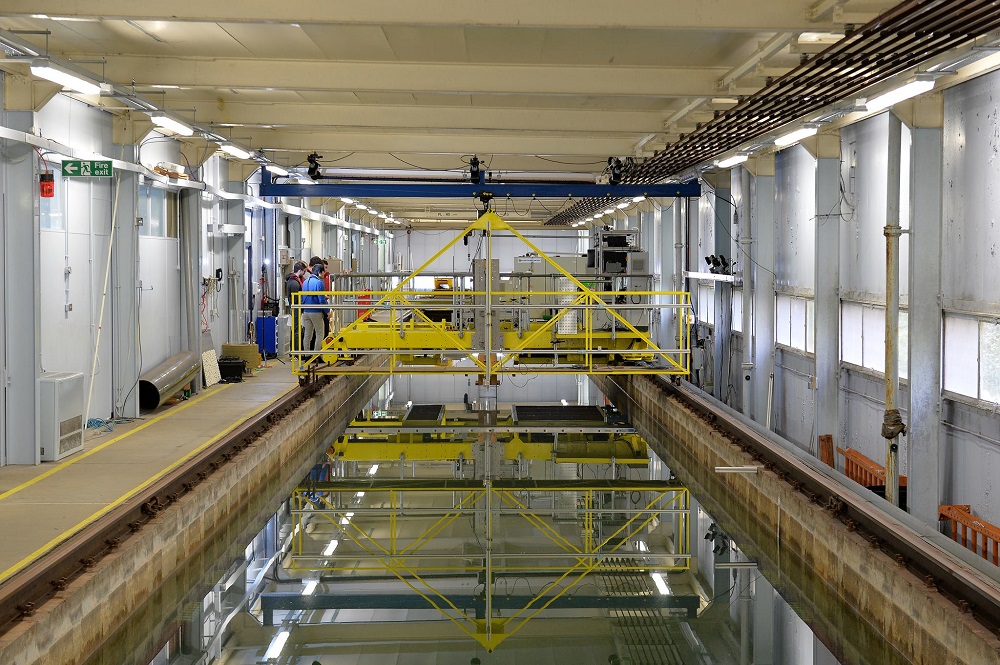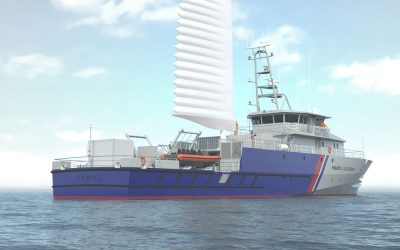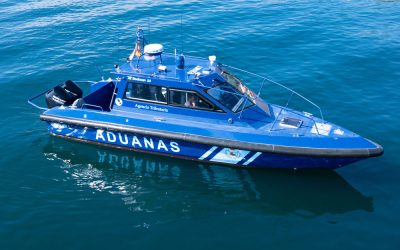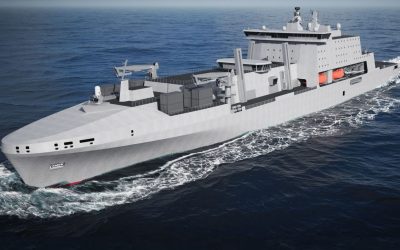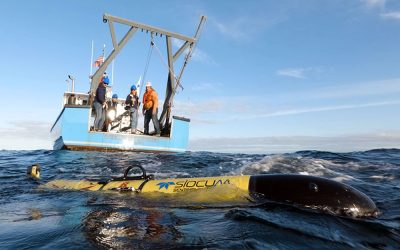TNA has been speaking to the next generation about their naval architecture journey
Naval architecture is a cornerstone of the UK’s maritime sector, vital for designing and maintaining marine vessels and structures. The need for skilled naval architects is increasingly pressing and there’s a growing demand for more students to pursue studies in this field.
Speaking to The Naval Architect, three students at the University of Strathclyde share their paths into the field shedding light on their motivations and the highlights of their academic journey thus far.
Liam Nugent, currently in his fourth year, says his career began in the Merchant Navy. “I developed a real interest and passion for the design and engineering behind the construction of ships,” he recalls. Nugent’s ties to shipbuilding on the Clyde further fuelled his ambitions. “Generations of my family have worked in shipbuilding,” he says. “Watching my first ship launch at eight years old stuck with me.”
Reflecting on their choices of university over apprenticeships, each student has a wide range of reasons why they chose the course. Nugent emphasises the importance of bridging the gap between practical experience and academic knowledge. “The only way to really do that without staying at sea for at least another 15 years was to go to university,” he explains.
Magnus McIntosh, who is currently pursuing his master’s degree, also explains his route into studying the profession. “Naval architecture is something I’ve always wanted to do since primary school,” he states. “It was a very natural progression for me.” McIntosh chose Strathclyde due to Scottish government funding and his passion for ships, inherited from a family history in shipbuilding, as well as an interest in naval history.
Sophie Inglis, now in her third year of study, recounts her discovery of naval architecture. “I’d never heard of it, it was a new one for me,” she admits. But an interest in a course with more practical application led her to Strathclyde’s doorstep. “I loved maths and sciences in school. I wanted something more applied than a straight degree in maths. I didn’t know I would enjoy naval architecture until I started it. It’s been the right path for me, but I wasn’t sure why it would appeal to me at first.”
When asked whether it would have been better to apply for an apprenticeship Magnus says he sees university as a gateway to a higher level of understanding. “University gives you the highest level of understanding in a subject,” he notes.
The students are increasingly involved in hands-on projects that help to bridge the gap between theory and practise. As part of each student’s coursework, they must design a vessel from the ground up. “We designed a frigate. It was an enjoyable project and felt worthwhile having an overarching design process where we could see the knock-on effects that design has,” says Nugent, who is now using the findings for his dissertation focusing on optimising naval vessels.
Inglis expresses her pride in tackling challenging coursework, noting that third year has been the most practical and rewarding so far. “Second year was very concept based and more theoretical,” she says. “This year’s been a lot more practical going from start to finish on a project, so you can really see how it’s going to help you in future and how that’s going to kind of develop into a job.”
“It’s all taken back to a practical application with ships,” emphasises McIntosh, highlighting the department’s unique focus and commitment as well as its dedication to naval architecture, with courses tailored specifically to the field.
The experience of the students illustrates that those choosing naval architecture as a discipline come from a diverse set of backgrounds. However, Dr Sefer Anil Gunbeyaz, lecturer at Strathclyde’s Maritime Human Factors Centre acknowledges that there has been a recent decline in student numbers, attributed to the impact of Covid-19 and Brexit. Despite this, he notes an upward trend in student interest.
“We are working to raise awareness in collaboration with RINA, other organisations and companies who take an interest in naval architecture, because in the coming years there will be a skills shortage,” says Gunbeyaz.
As these students continue their academic voyage, they remain anchored in their passion for naval architecture, guided by the waves of curiosity and the winds of ambition. With each project, lecture, and discovery, they inch closer to mastering the craft of ship design, leaving a lasting imprint on Scotland’s maritime legacy.
